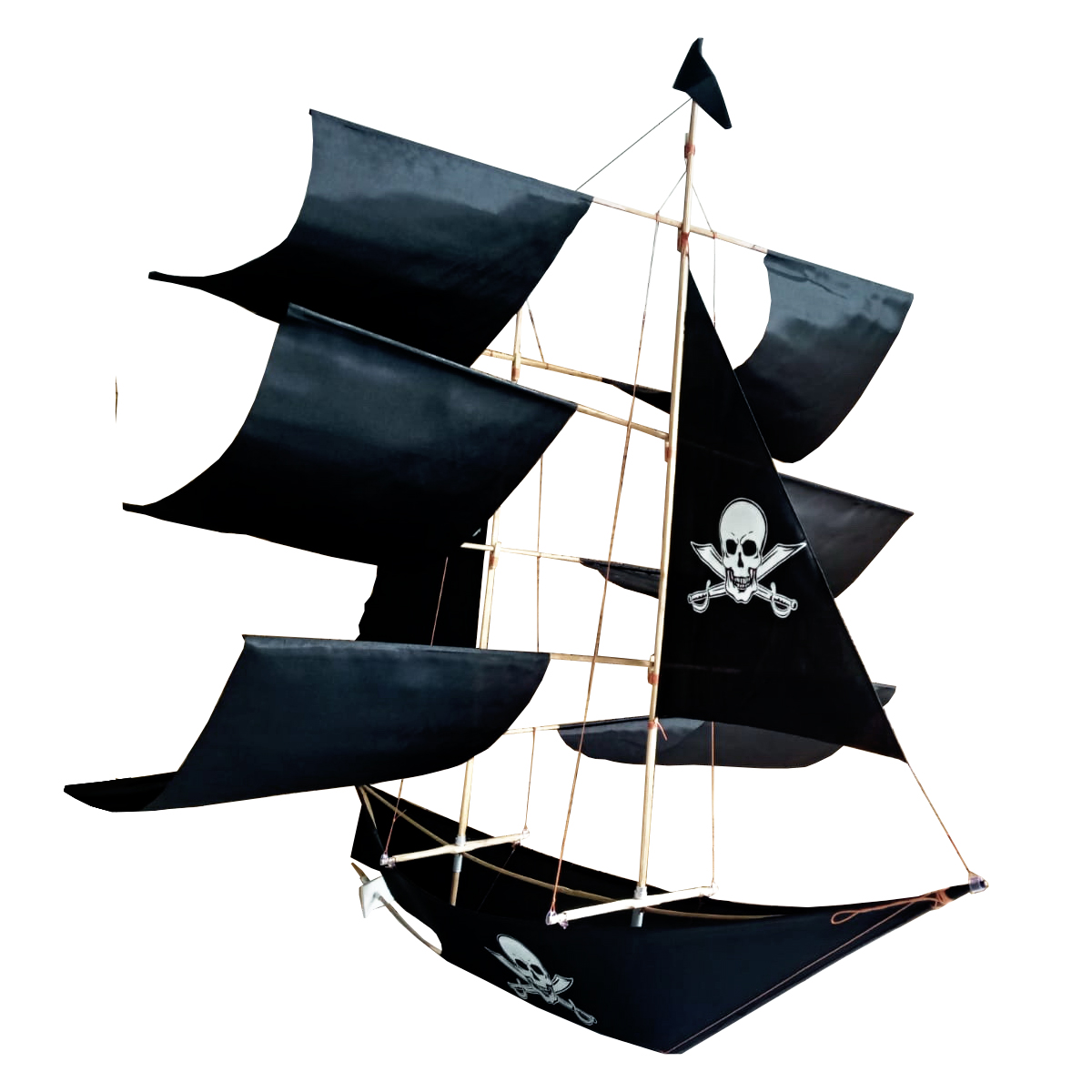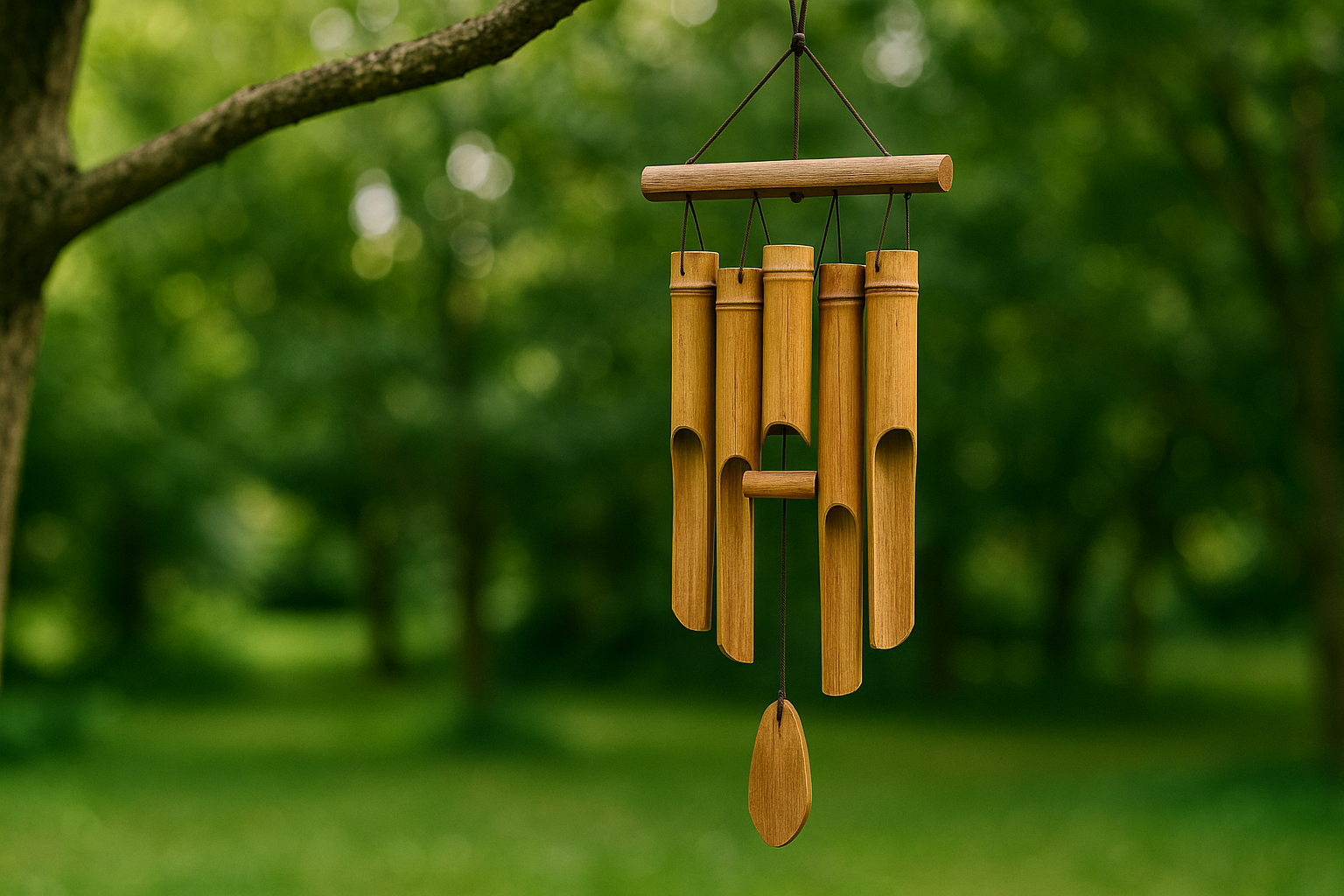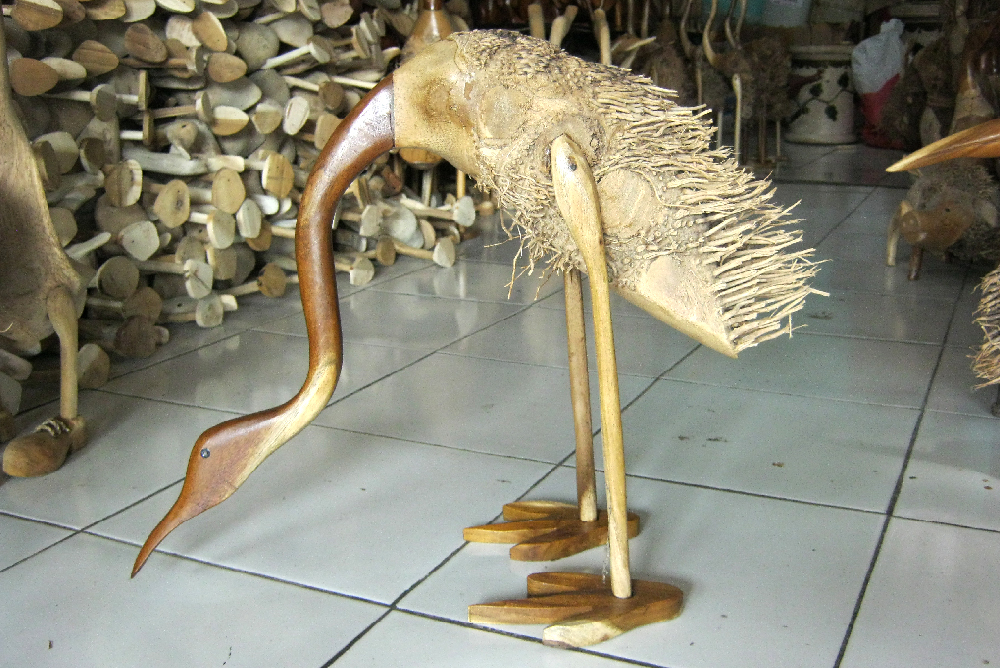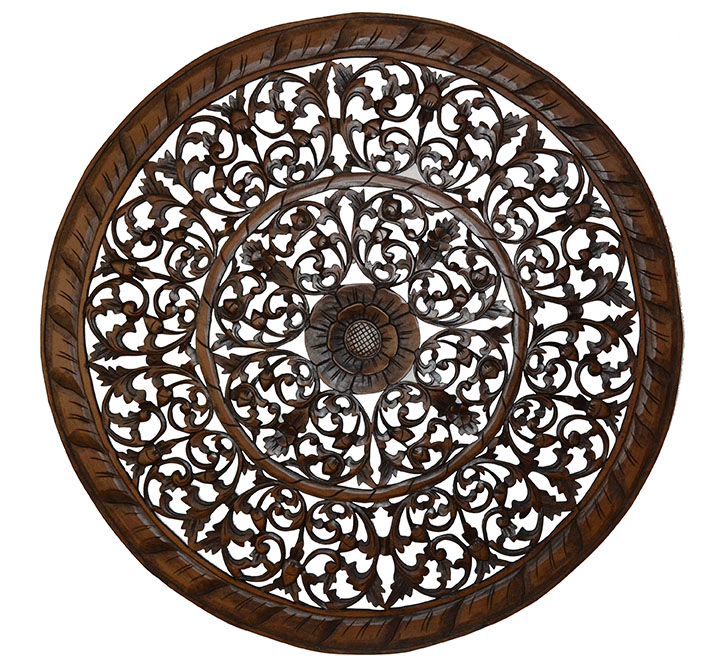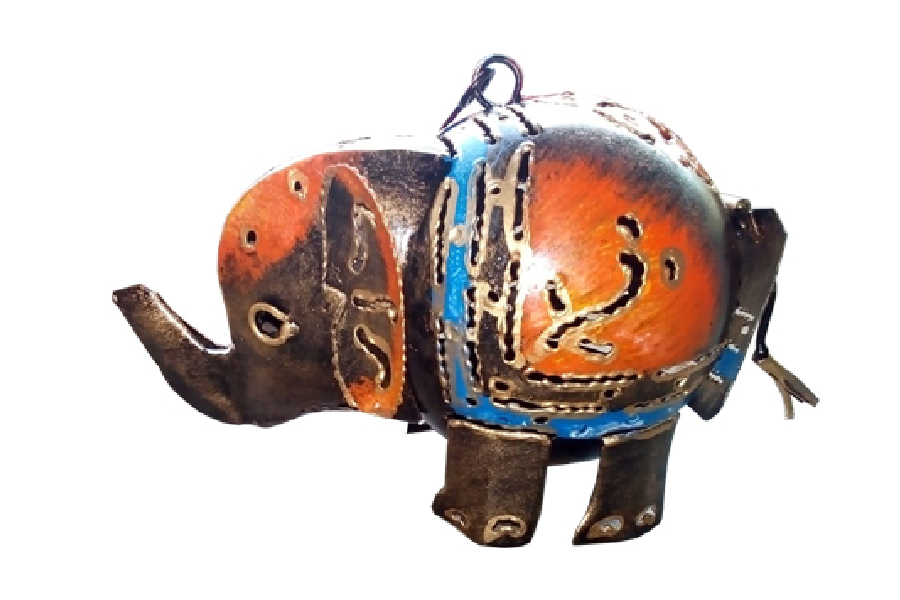The pirate ship kite, more than just a colorful decoration dancing in the breeze, it’s a portal to childhood dreams of salty adventures and swashbuckling exploits. But have you ever gazed longingly at those magnificent pirate ship kites soaring high above, only to be intimidated by the tangled mess in your own hands? Fear not, fellow kite enthusiast! This comprehensive guide will equip you with the knowledge and skills to become a pirate ship kite master.
Having flown kites for over two decades, I’ve seen my fair share of tangled lines, nosedives, and battles with rogue gusts. But with pirate ship kites, the challenge – and the reward – are amplified. These beauties require a bit more finesse, but the satisfaction of seeing your meticulously assembled ship conquer the sky is pure magic.
Before We Set Sail: Understanding the Pirate Ship Kite
Unlike your standard diamond kite, pirate ship kites boast a three-dimensional structure. This complexity can be both thrilling and daunting. Typically, the frame is constructed from lightweight fiberglass or bamboo poles, with a brightly colored sail made of ripstop nylon or polyester. The key to a successful pirate ship kite lies in its balance and stability. The sail area, spars (poles), and tail all work in concert to keep your ship airborne and gliding gracefully.
Assembling Your Pirate Crew: A Step-by-Step Guide
Now that we’ve got the basics down, let’s get down to business! Here’s a detailed breakdown of assembling your pirate ship kite:
- Unfurl the Sails: Carefully lay out the sail on a flat surface. Familiarize yourself with the design and locate the attachment points for the spars.
- Spar Time: Following the manufacturer’s instructions, gently assemble the spars. These typically slot together or connect with small ties. Be mindful of the order and orientation – getting this right is crucial for proper flight.
- Sail Away: Attach the spars to the designated points on the sail. Use the provided hooks, ties, or sleeves to secure them firmly.
- Bridle Up: The bridle is a set of strings that connects the kite to the flying line. Locate the bridle points on the sail and attach them according to the instructions. This is where the magic of balance comes in – a properly attached bridle ensures your ship flies level.
- Tail Tales: Attach the tail to the designated point on the back of the kite. The tail plays a vital role in stability, so choose a long and sturdy one. Some kites come with pre-made tails, while others may require you to attach your own creation.
Check also: Coastal Home Decor

Mastering the Skies with Your Pirate Ship
The moment of truth has arrived! You’ve meticulously assembled your pirate ship kite, the wind whispers promises of adventure, and the open field beckons. Now, it’s time to transform your colorful creation from a grounded vessel into a majestic seafarer of the sky. Buckle up, mateys, because we’re about to embark on a voyage of kite-flying mastery!
Finding Your Perfect Port of Call
The first step is choosing the ideal launchpad for your aerial adventure. Here are some key considerations:
- Open Skies, Open Heart: Seek out a spacious field free from obstacles like trees, power lines, or buildings. Imagine your kite as a majestic ship – it wouldn’t want to get snagged on a pesky telephone wire, would it?
- Befriend the Wind: A gentle breeze is your best friend. Ideally, aim for winds between 5-15 mph. Too strong, and your ship might struggle to maintain control. Too weak, and it might become sluggish and reluctant to take flight. A quick Google search for “local wind conditions” can help you plan your kite-flying expedition.
- Safety First, Always: Flying a kite near power lines is a big no-no. Similarly, avoid areas with heavy traffic or crowded spaces where your line could pose a safety hazard. Remember, a responsible kite flyer is a happy kite flyer (and everyone around them!).
Assembling Your Crew for Launch
For beginners, having a friend act as your first mate during launch can be incredibly helpful. Here’s how your teamwork will ensure a smooth takeoff:
- Prepare for the Voyage: Unwind a good amount of line (around 50-100 feet) from your kite reel. Hold the remaining line comfortably, with the spool facing the ground for better control.
- Unfurl the Sails: Your first mate can carefully hold the kite upright, facing the wind. Ensure the tail is flowing freely and the spars are secure.
- A Gentle Push: With your friend holding the kite, slowly walk backward into the wind, allowing the line to unfurl further. As you feel the wind catch the sail, gently let out more line, guiding the kite upwards.
Mastering the Art of Maneuvering
Now, the magic happens! You’re in control of your pirate ship kite, navigating the vast ocean of air. Here’s how to become a skilled captain:
- Feel the Wind: Pay close attention to the tension on the line. A slight tug means the wind is catching the sail, pulling the kite upwards. Too much tension, and the kite might tilt forward and nosedive. Learn to adjust your grip on the line based on the wind’s whims.
- Gentle Guidance: Don’t be a yeller! Jerking the line will only disrupt your ship’s balance. Instead, use gentle tugs and releases to steer your ship. Pulling on the left side of the line will cause the kite to move to the right, and vice versa. This allows you to maneuver your ship left or right to avoid obstacles or adjust its flight path.
- The Art of Altitude: Want your ship to climb higher? Slowly reel in some line, taking advantage of the wind’s lifting power. Conversely, releasing line allows the kite to descend gracefully. Remember, it’s all about finding the sweet spot between line tension and wind resistance.
Practice Makes Perfect: Embrace the Learning Curve
Don’t be discouraged if your first attempt isn’t picture perfect. Like any skill, mastering pirate ship kite flying takes time and practice. Here are some encouraging words:
- Embrace the Wobble: It’s normal for your ship to bob and weave a bit, especially in the beginning. Don’t panic! Focus on maintaining a steady line tension and adjusting your grip as needed. With each flight, your coordination and control will improve.
- The Wind is a Fickle Beast: The wind can be unpredictable, sometimes changing direction or intensity in a flash. Learn to adapt – that’s what makes kite flying both challenging and rewarding.
- Most Importantly, Have Fun! The joy of seeing your pirate ship kite conquer the sky is pure magic. Embrace the sense of accomplishment, the connection with the wind, and the pure fun of this timeless activity.
So, there you have it, mateys! With a little preparation, teamwork, and a dash of practice, you’ll be well on your way to becoming a seasoned pirate ship kite captain. Now get out there, explore the open skies, and let your imagination take flight!
Troubleshooting Your Pirate Ship
Even the most seasoned sea captain encounters occasional storms. When your pirate ship kite takes a nosedive or starts spinning like a dizzy pirate after a grog-filled night, don’t despair! These hiccups are often fixable with a little know-how and some on-the-fly adjustments. Let’s delve into the high seas of troubleshooting and get your ship back on course!
The Case of the Diving Dutchman
Ah, the dreaded nosedive. This typically occurs when your ship’s nose (the front of the sail) is angled too far forward, causing it to plunge headfirst towards the ground. Here’s how to get your ship back on an even keel:
- Reeling in the Slack: Sometimes, the solution is as simple as gently reeling in some line. This reduces the angle of attack between the wind and the sail, causing the ship to tilt back and regain altitude.
- Bridle Blues: If reeling in doesn’t solve the problem, the culprit might be the bridle (the strings connecting the kite to the line). Check the bridle attachment points on the sail. If they’re uneven or slightly off-center, this can cause the ship to tilt forward. Carefully adjust the attachment points to achieve a more symmetrical balance.
The Tizzy-Turning Terror
Is your pirate ship spinning wildly like it’s caught in a whirlpool? This uncontrolled twirling can be caused by a few factors:
- Tail Tales: The tail plays a crucial role in maintaining stability. Inspect the tail for any rips, tears, or uneven weight distribution. A damaged tail can disrupt the balance, causing the ship to spin. If your existing tail is beyond repair, consider creating a new one using lightweight fabric or streamers, ensuring it’s symmetrical and securely attached.
- Shifting Weight: Sometimes, the weight on the sail itself can become uneven. This can happen if a spar loosens slightly or the sail material gets caught on a twig during launch. Carefully examine the spars and sail for any damage or misalignment. If a spar has come loose, gently reattach it. If the sail material is snagged, carefully untangle it without ripping the fabric.
The One-Sided Slant
If your pirate ship stubbornly dips to one side, refusing to fly straight, it’s a telltale sign of uneven weight distribution. Here’s how to get your ship flying level:
- Spar Spot Check: Uneven weight can be caused by a slightly bent or misaligned spar. Inspect the spars for any damage. Minor bends might be fixable by gently straightening them with your fingers (be careful not to over-flex and break the spar). If a spar is severely damaged, consider replacing it.
- Bridle Balancing Act: As with the nosedive scenario, the bridle attachment points could be the culprit. If the bridle points are uneven on the sail, it can cause the ship to tilt to one side. Carefully adjust the attachment points to achieve a more symmetrical balance.
- The Weight Game (Optional): In some cases, a small temporary weight might be necessary to counterbalance the uneven weight distribution. This could be a tiny piece of fishing weight or even a small pebble securely attached to the lower side of the sail (ensure it’s lightweight and won’t affect the overall flight).
When troubleshooting, it’s often a case of trial and error. Make small adjustments, observe how the ship reacts, and refine your approach until you achieve smooth, stable flight. Don’t be afraid to experiment a bit – that’s part of the fun (and learning curve) of kite flying!
Advanced Techniques for the Discerning Pirate Ship Kite
Once you’ve mastered the fundamentals, you can elevate your pirate ship kite flying to new heights (pun intended) with these advanced techniques:
- The Figure Eight: This impressive maneuver involves smoothly guiding your pirate ship kite in a figure-eight pattern across the sky. It requires practice and a good feel for the wind, but mastering it will leave onlookers in awe. Start by flying your kite to a good height, then gently pull on one side of the line, causing the kite to dip and turn. As it reaches the bottom of the imaginary figure eight, slowly release tension and guide it back up the other side. Consistency and timing are key here.
- Teamwork Makes the Dream Work: Pirate ship kites can be a fantastic group activity. Imagine a whole fleet of pirate ships sailing the skies in unison! This requires coordination and communication between flyers. Agree on a formation beforehand, and ensure each kite has enough space to maneuver without tangling lines.
- Customization Capers: Don’t be afraid to unleash your inner pirate and personalize your ship! Add details like miniature cannons, Jolly Roger flags, or even a crew of paper pirates hanging from the rigging (ensure they’re lightweight and securely attached). You can even team up with artistic friends to create a truly unique masterpiece that will rule the skies.
Safety First: Responsible Kiting for Everyone
The thrill of flying a pirate ship kite is undeniable, but safety always comes first. Here are some crucial reminders:
- Always Be Aware of Your Surroundings: Maintain a safe distance from power lines, trees, and people. Be mindful of where your line extends and avoid letting it snag on anything.
- Respect Other Kite Flyers: Share the open space and maintain a reasonable distance from other kites to avoid tangled lines and frustration.
- Pick Up After Yourself: Do your part to keep the flying field clean. Dispose of any broken kite parts or tangled line responsibly.
The world of pirate ship kite flying is a treasure trove of fun, challenge, and creativity. It’s an activity that can be enjoyed by people of all ages, sparking imaginations and fostering a connection with the wind. So, what are you waiting for? Grab your pirate ship kite, gather your crew (or fly solo!), and set sail on an adventure that will take you to new heights!
Bonus Tips:
- Invest in Quality: While budget-friendly options exist, a well-made pirate ship kite will be more durable, fly better, and provide a more rewarding experience.
- Practice Makes Perfect: Don’t get discouraged if you don’t master it overnight. Kite flying is a skill that takes time and practice to refine.
- Embrace the Journey: The process of assembling, launching, and maneuvering your pirate ship kite is just as much fun as watching it soar. Enjoy the challenge and the sense of accomplishment it brings.
- Join the Kite Flying Community: There are numerous online forums and kite flying clubs dedicated to sharing tips, techniques, and stories. Connect with other enthusiasts and expand your kite flying knowledge.
With these insights and a dash of adventurous spirit, you’re well on your way to becoming a pirate ship kite master! So, unfurl your sails, raise the Jolly Roger, and prepare to conquer the skies!


